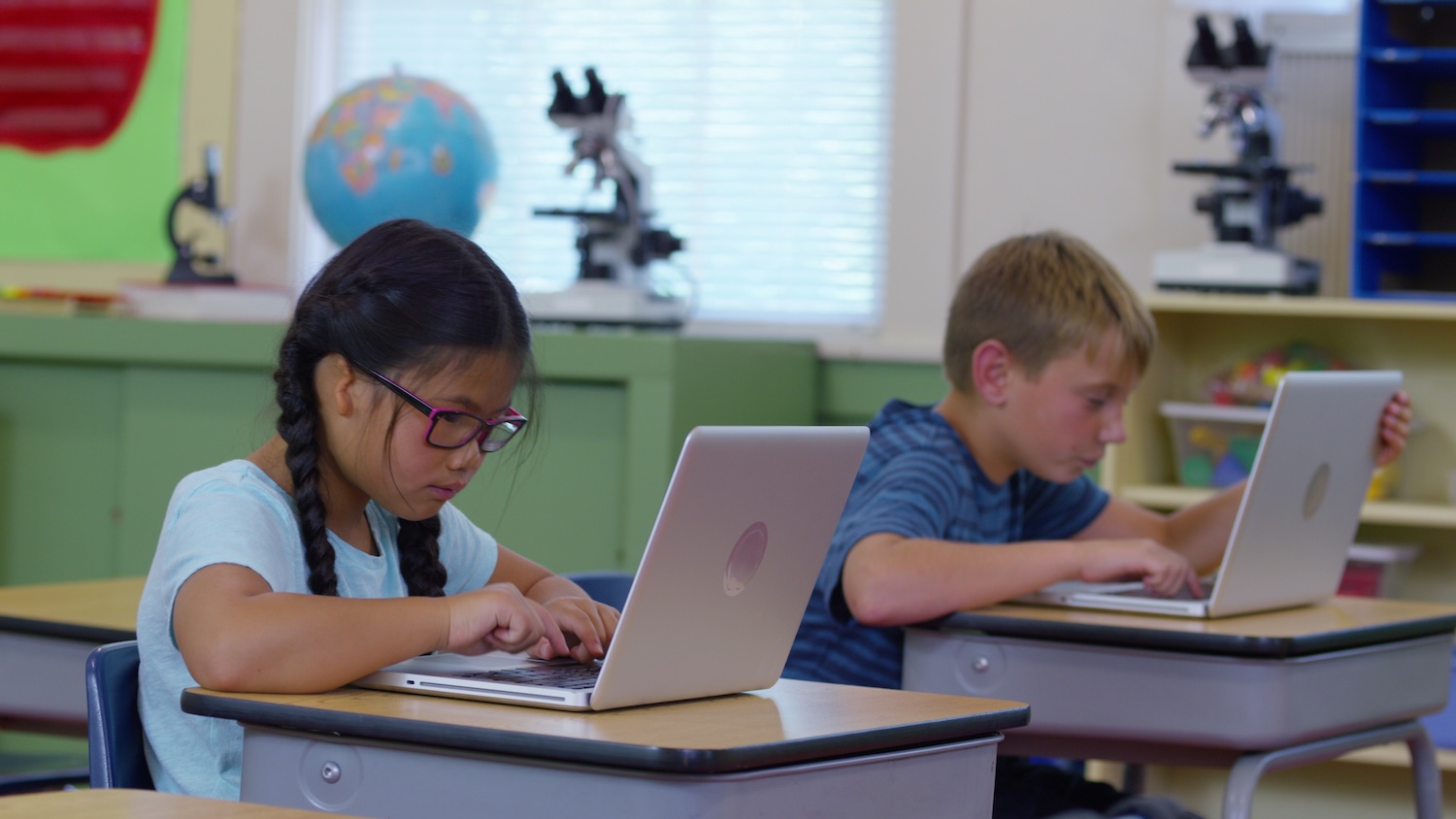Too often conversations about students and generative artificial intelligence (gAI) revolve only around cheating. This post seeks to shed light on another approach that uses tools safe for any grade level to begin teaching students responsible use of gAI tools. One of the best entry points to working with gAI is learning the basics about it. Sites like Common Sense Education, Day of AI, MIT’s RAISE, and more provide a great wealth of ready to use resources here.
Once you’ve established an appropriate foundational knowledge, it is important to give students some hands-on practice with an gAI tool. For my division, we do not have access to any paid software at this point, so free options are the only ones we pursue. To date, I’ve used and shown the following tools to educators as great places to start hands-on student use of gAI tools. With each is a sample of how we’ve utilized the tool(s). Much of this work has centered around crafting prompts and working to refine them (aka descriptive writing and revising for better results).
Google Arts & Culture’s Say What You See Game

- What is it?
- This activity uses art from throughout history to challenge the player to craft the prompt that would generate a replica of the artwork presented.
- How have we used it?
- We have used this to help explain how to craft a prompt with key descriptive language (what key parts did we/you miss that could improve our score?) as well as to help students revise descriptive writing. For example, if you take what you’ve learned from revising your prompt here and compare it to your writing, what could you add to improve your first draft?
- What grades?
- I’ve used this in grades ranging from 1-12.
Canva’s Magic: Text-to-Image
- What is it?
- This is one of Canva’s Magic Tools that come as part of the free educational suite. It uses a text prompt to create an gAI image.
- How have we used it?
- As students write stories or narratives, we’ve given them the option of creating their own illustrations using the approved tool of their choice to help bring the story to life. One of these options for a 7th grade historical narrative project was to use Canva’s Text-to-Image tool to create an image that best matches their story.
- What grades?
- I’ve used this in grades ranging from 3-12.
Adobe Express’: Text to Image

- What is it?
- This tool, much like Canva’s, creates gAI images based off of a text prompt. It is included, for free, with the education version Adobe’s Express.
- How have we used it?
- As part of projects and work students were already creating, this tool was brought in as a way for students to get valuable experience with gAI as well as to help those that chose it create images that fit their stories, presentation, etc. One example, was 3rd grade students crafting prompts to match inventions/innovations that came up with to culminate a reading unit. We used and revised prompts throughout the lesson to allow students to create an image that truly represented their creative invention/innovation.
- What grades?
- I’ve used this in grades ranging from 3-12.
Adobe Express’: Character Animate
- What is it?
- This gAI tool allows students to record an audio track that gAI then uses to animate a chosen character. The student’s voice is seen and heard through the moving lips of the character to impart the message to those that listen.
- How have we used it?
- We used this with 2nd grade students culminating a unit on famous Americans. Students used custom backgrounds with famous Americans, placed the mouth in the correct place, and recorded information about them. Animations resulted that had students sharing researched information read by the famous Americans they chose.
- What grades?
- I’ve used this in grades ranging from 3-12.
With these ideas and tools in mind, how can you connect gAI tools with things you’re already teaching? How could you share ideas with the teachers you work with? How could students be more engaged with their writing and projects with such gAI tools?
If tools aren’t approved yet, how could you make a case for their approval?
Pat Hausammann is the Supervisor of Instructional Technology in Clarke County Public Schools and an eMediaVA Ambassador.
